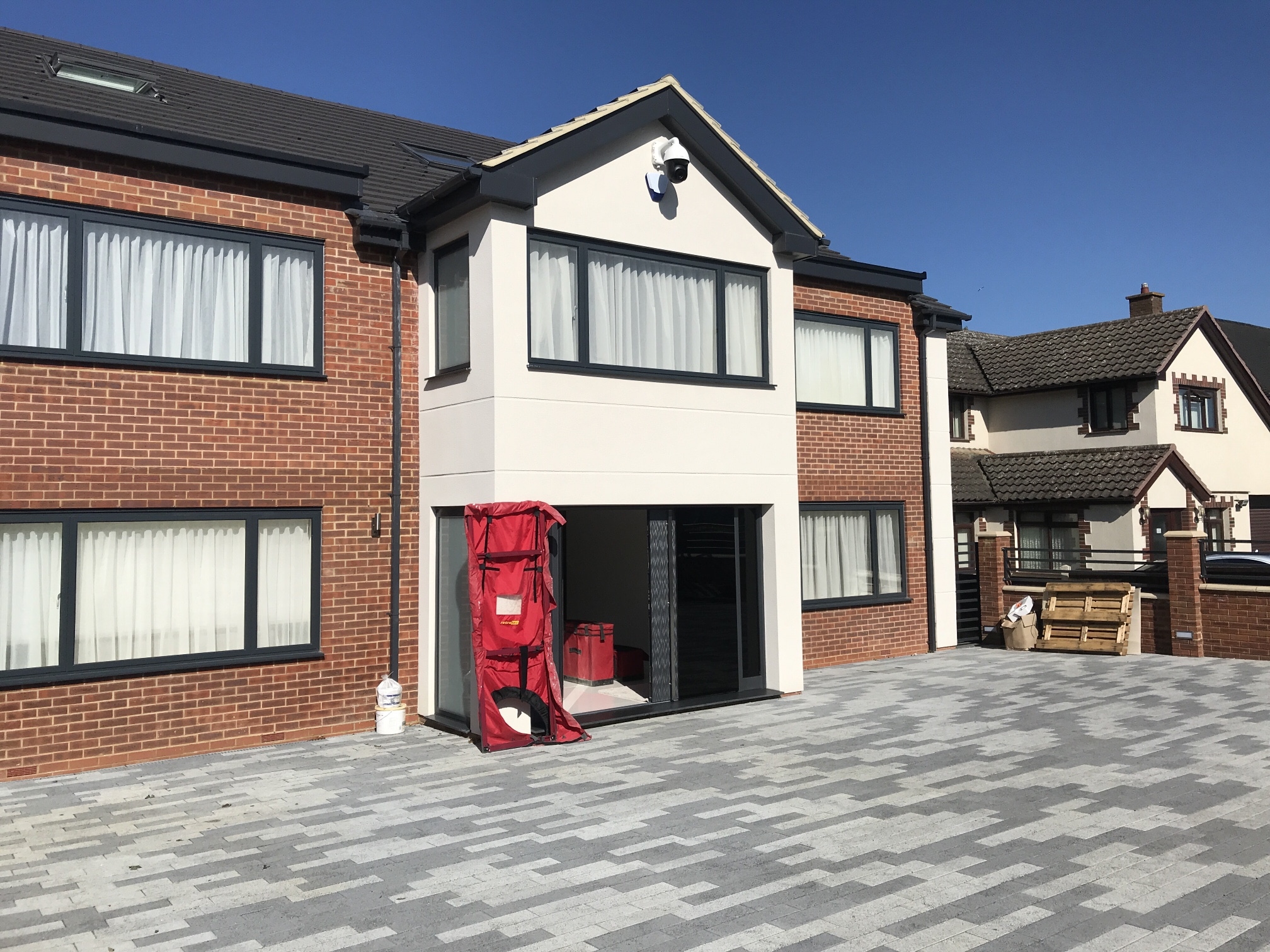How to pass an air tightness test first time
An Air Tightness Test (also known as Air Leakage Test, Air Pressure Test, Air Permeability Test) is a government-controlled test to ensure buildings do not leak or hold too much air.
Air leakage increases heat loss and if air cannot move freely enough, mould, rot, damp and condensation can be dangerous for occupants.
What You Need To Test
As you probably know, newly built residential properties require an air leakage test for Building Regulations (as per Approved Document L1A). Also known as air testing, air pressure testing, and air tightness testing.
Designed ventilation systems are excluded from this test, so our technicians will tape all fans of extractors, chimneys, MVHR units, etc. to give real test score.
Briary Energy wants to help our customers ensure their buildings pass this test first, so we’ve designed a simple checklist and easy guide to pass an Air Tightness Test.
- All external walls, floor and roof are fully fitted (including doors, windows and cladding)
All your windows and doors should be fitted. Access doors, such as internal garage doors, should be airtight and can not be temporarily sealed for testing. Trickle vents should be closed. - All fittings are installed (including all lights & sockets)
Before testing, light switches, light fittings, appliances and sockets must be properly fitted as temporary sealing is not permitted. If these elements are not fitted before an air leakage test, poor results may result from air loss. - Complete plumbing work
All bathroom fittings should be complete. Bathrooms are a common hotspot for air leaks, with air leakage sources prevalent in bath and pipe work. Before fitting the bath panel, vanity unit covers, extractors and any boxing in, you should look for sealed air leakage paths. - Know your Design Air Permeability Rate
Make sure your SAP calculations have been completed for each plot and you have a record of the target result for each property. You can find this number on your SAP report, where it can be listed as a q50, DAP or Air Permeability Figure. - All service pipes are sealed through external walls and ceilings
- All skirting boards are sealed top & bottom.
As a common source of air leakage, all skirting boards should be sealed with silicone sealant. For optimum results, we recommend sealing skirting boards above and below, as carpets and other floor finishes will not prevent air leakage. - Any doors to unheated garages are fitted with draft excluders
- All loft hatches / storage doors are fitted with suitable draft excluders
Also check any access points to the loft are fitted with hatches to be used when handing over the property. - All housing services (pipes, cables, stacks, etc.) are boxed in and sealed.
- The property has at least one standard size door, not more than 2.25m tall by 1.1m wide.
Potential Risks of Early Testing
ATTMA, the Air Tightness Testing and Measurement Association, recently published guidance stating that 70% of dwelling tests fail because the testing firm is called in too early.
This can be an expensive error, and can mean paying for re-tests as well as the wasted man hours and even penalties for delayed handover.




